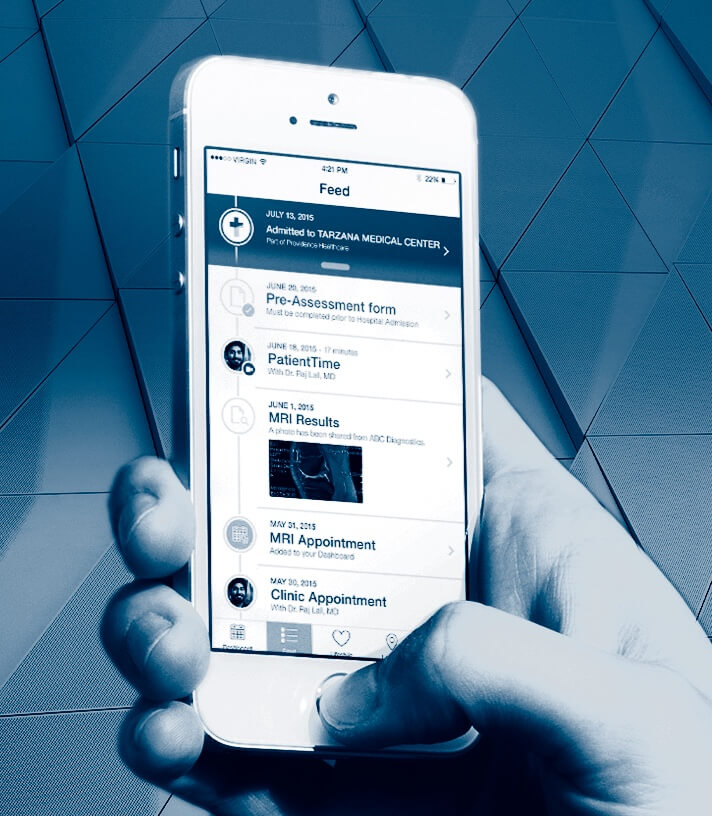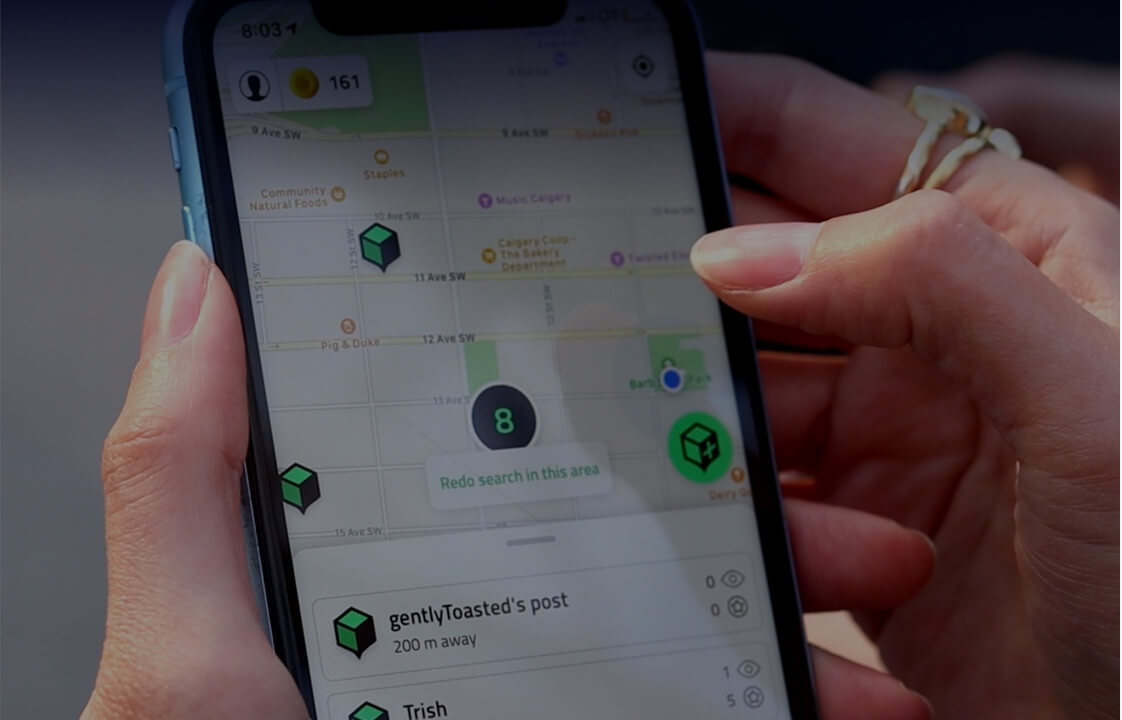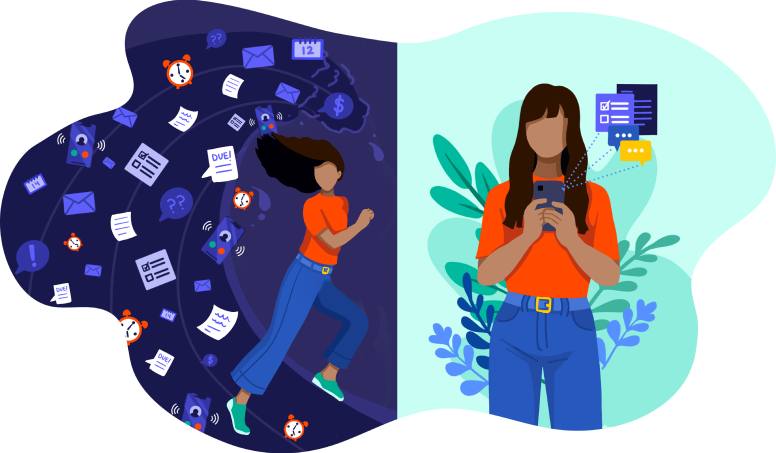3 Types of Mobile Apps and My Predictions for their Future
By Quinn Thomson, Mobile Practice Lead
Mobile apps aren’t just about user convenience – they are catalysts for digital innovation, driving shifts in how individual businesses and entire industries operate. Today, apps on tablets, smartphones, and wearables continue to revolutionize sectors from transportation to healthcare and unleash unparalleled disruption in their wake. If you have no other takeaways from this mobile prediction compilation, know this: there’s much more change to come!
Over nearly 10 years of developing mobile apps and as Mobile Practice Lead at Robots & Pencils, I’ve observed three primary paradigms for mobile apps and their features:
- Replacing paper
- Creating new experiences
- Bundling content
Of course, apps don’t always fall only under one paradigm. An app may combine two or all three paradigms. For this blog, however, I examine each paradigm’s current state and future separately.
Paradigm 1: Replacing Paper

Current State: Mobile apps simplify many tasks for employees and customers.
The longest-established paradigm, paper replacement is a low-hanging fruit for building an impactful mobile app. Moving from paper to digital is often step one of a digital transformation. When companies require employees or customers to review or fill out boatloads of forms and information, creating a paper replacement app is an obvious win. A laptop works sometimes, but phones and tablets facilitate much easier data entry and retrieval for people not in front of a desk.
While making a paper replacement app might sound straightforward, remember that factors like UX, project planning, and change management are critical to the success of every app. If you’re not thoughtful about app planning and design, you can still fail at making an effective paper replacement app.
CASE STUDY: See how our Tailboards app enabled utility and construction workers to finally stop carrying heavy, paper-filled binders and laptops to job sites.
Mobile Prediction: Slow-to-change industries will increasingly accept the need to digitize and find immense value in mobile.
Paper replacement apps aren’t cutting-edge, but many growing industries still rely on paper and other physical media. These fields are ripe for digital transformation. Digitizing their workflows will enable companies to increase efficiency, reduce costs, and significantly improve employee and customer experiences.
Mobile Prediction: SAAS solutions and white-label apps will gain popularity.
SaaS products that offer white-label solutions for paper replacement applications are becoming readily available. By choosing one of these products, organizations can quickly introduce a mobile app to employees or customers with little coding work required. These solutions provide a cost-effective, though less flexible, option for paper replacement use cases. For complex uses, custom development remains the better choice.
Paradigm 2: Creating New Experiences

Current State: Mobile has revolutionized everyday life with features we now take for granted.
Mobile apps offer the perfect opportunity for applying innovative and previously unheard-of means to engage users. Brands can deliver personalized and engaging experiences incorporating things like gamification strategies and location-specific messaging. Mobile hardware allows us to augment experiences using a camera, GPS, motion sensors, near-field communication (NFC), and much more. From ridesharing apps to fully mobile banking to digital wallets, mobile apps have brought about immense changes that touch many aspects of our lives.
CASE STUDY: Varo has broken down the walls of the brick-and-mortar banking with disruptive conversational interfaces and data-driven insights.
Mobile Prediction: Teams who know how to de-risk ideas will consistently push the boundaries of mobile.
Having an app or feature idea is great, but don’t skip straight to investing time and money in development. De-risking requires systematically iterating, testing, and experimenting. You need to find out if users actually want this feature and how to deliver it. What aspects are the most and least important? Will you see a strong return on investment, or should you prioritize a different idea instead? Challenge your assumptions about user needs and behaviors early and often. Testing novel ideas and collecting user feedback will help organizations create experiences that truly benefit and excite users.
Mobile Prediction: New technology and hardware will change how we use software in countless ways.
As ChatGPT continues to command everyone’s attention, generative AI is set to revolutionize the world of tech and beyond. This will particularly become evident when organizations combine generative AI with augmented reality, mixed reality, and spatial computing tools–which will also drive increased usage of voice interaction. Together, these technologies will unleash a flurry of unexpected opportunities for using mobile devices to engage with individuals, organizations, and the environment around us.
Paradigm 3: Bundling Content

Current State: Organizations are beginning to bundle content to support users overwhelmed with information and apps.
As increasing numbers of companies have launched mobile apps, users are experiencing app fatigue. They are burnt out and frustrated by hopping between apps and websites, each with a shard of the desired information. For example, college students must use different apps and websites to access course materials, registration information, schedules, financial aid details, and student groups. Employees are using numerous apps to track time, manage their paychecks, request time off, look up policies, and many more tasks. Juggling these tools gets old fast.
Bundling or integrating content has arisen as a solution. Industry best practices and consumer demand have led to APIs that bundler apps can connect to. Bundlers offer a primary user entry point and acquire content or information from providers. Apple TV users, for example, can add HBOmax, Showtime, Disney+, HULU, and other services so that they see all their favorite series on one watchlist.
CASE STUDY: Powered by Salesforce, Student Apps is empowering schools to reimagine the learner experience.
Mobile Prediction: Bundling and consolidation will be growing trends.
It’s early days for bundlers and providers, but I expect a lot of activity in this area. For bundlers to attract new users, they’ll need to get more providers on board. The more a bundler can simplify and streamline targeted user journeys and experiences, the better positioned they are to build a large and loyal base of users. The goal is to create one place for users to get all the tools and information they want. As bundlers seek to expand and grow, many will acquire the companies whose content they want.
For providers, the key to growth will be to integrate with as many bundlers as possible. Having content accessible to bundlers is also an opportunity to bring increased attention and awareness to smaller-name content providers that might be overlooked on their own.
Want a deeper dive into the future of mobile?
Watch my on-demand webinar for more on these mobile predictions and download a shorter version of my deck for referencing anytime! You can also contact Robots & Pencils at hello@robotsandpencils.com or through our online form.
About the Author

Quinn Thomson has 16+ years of experience in software, a master’s in aerospace engineering, and a PhD in biomedical engineering. He’s worked in a variety of fields and with organizations from small start-ups to large enterprises. With his breadth of knowledge and passion for applied solutions, Quinn helps clients leverage technologies such as mobile development, numerical optimization, machine learning, and image processing. As Mobile Practice Lead, Quinn is a leader, mentor, and coach to our iOS and Android developers. In his spare time, he enjoys playing soccer, writing, and spending time with his family.



